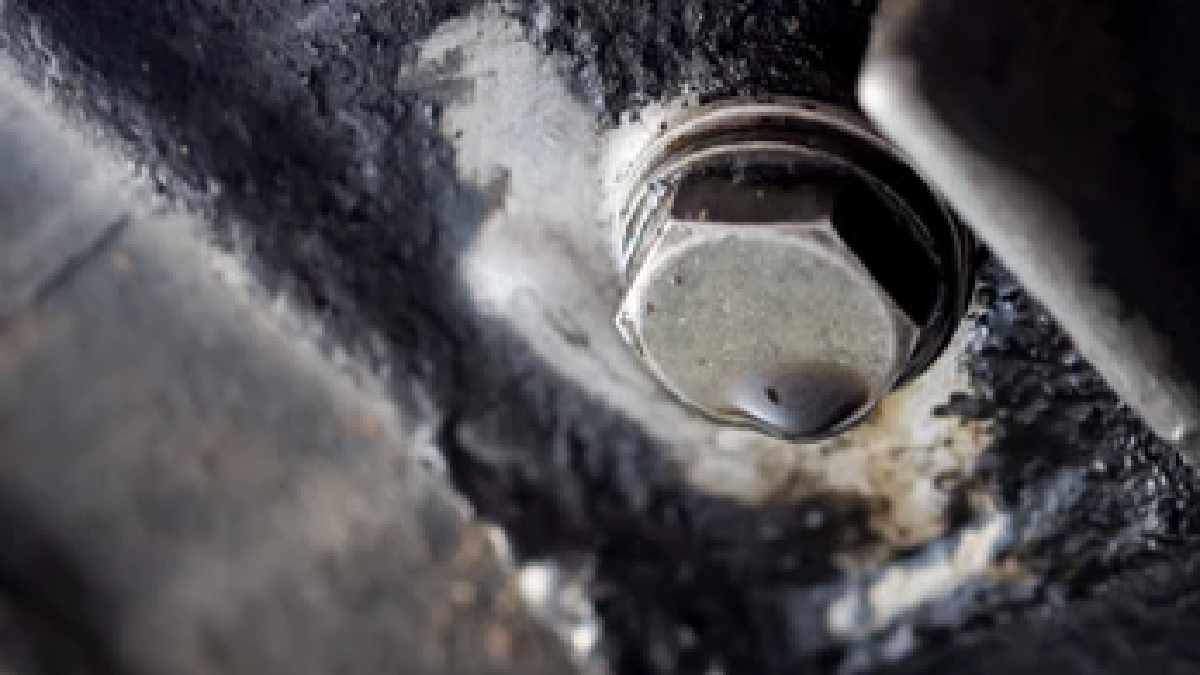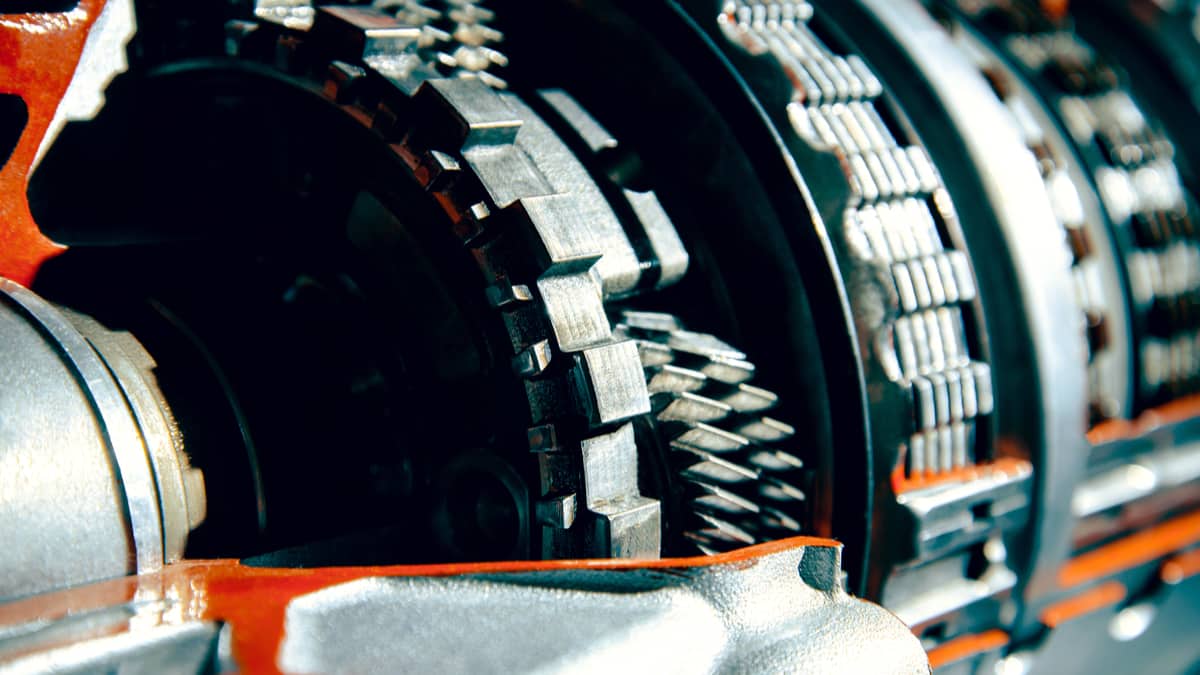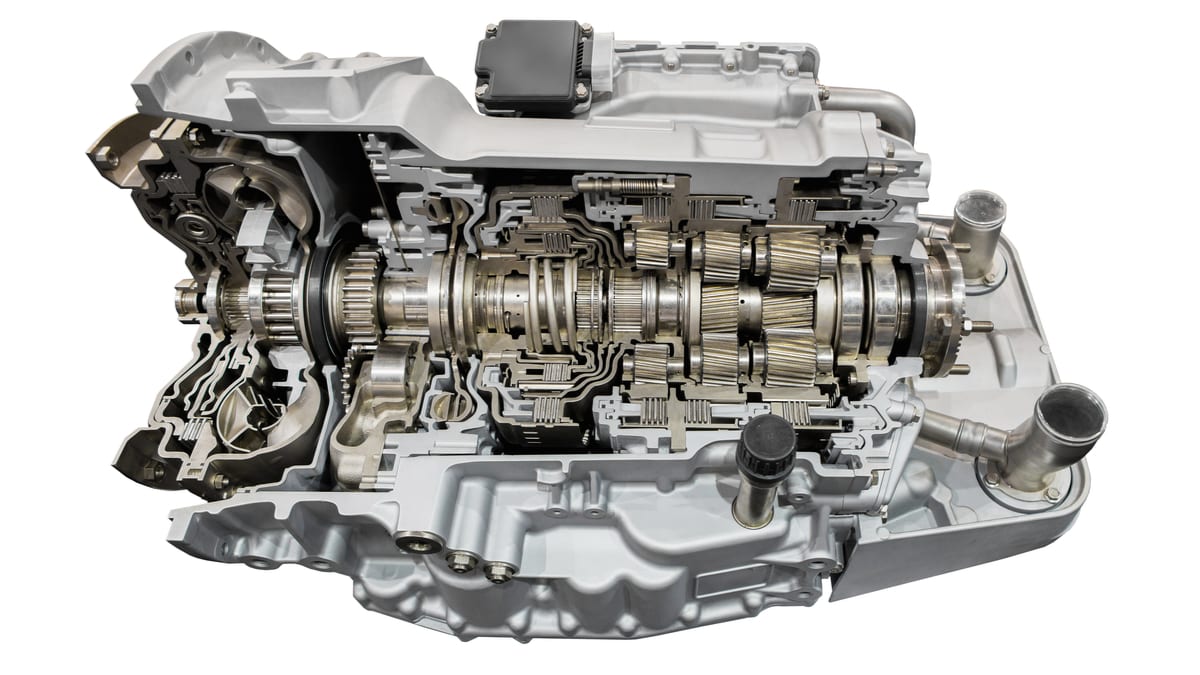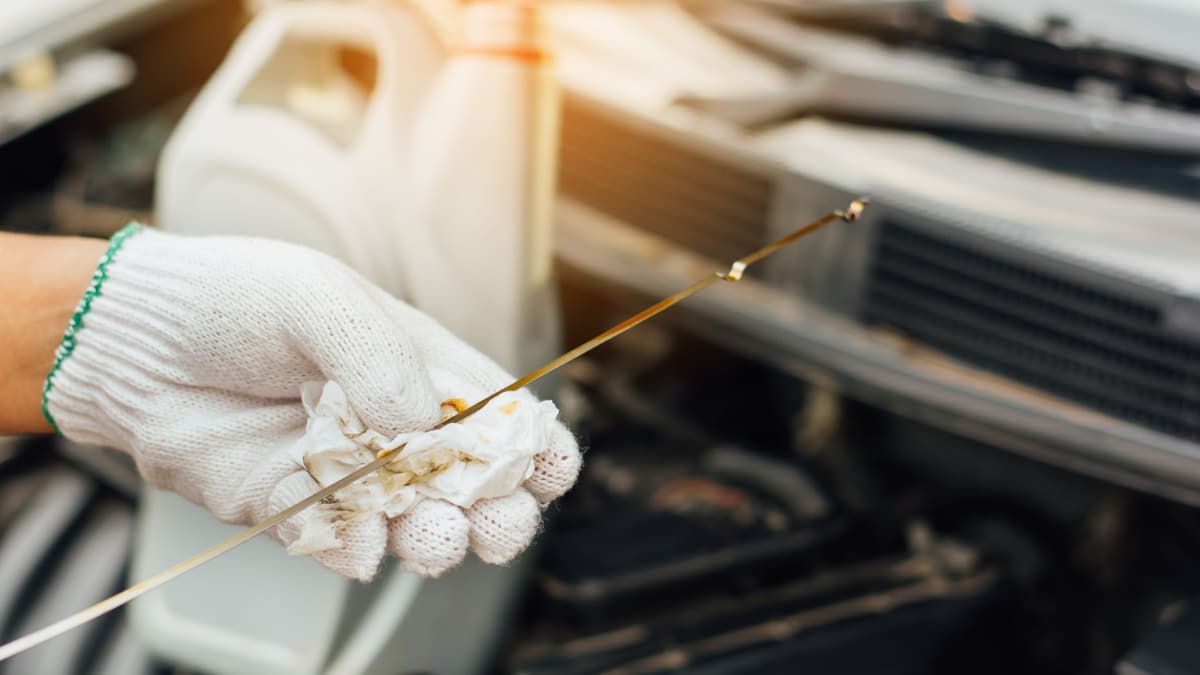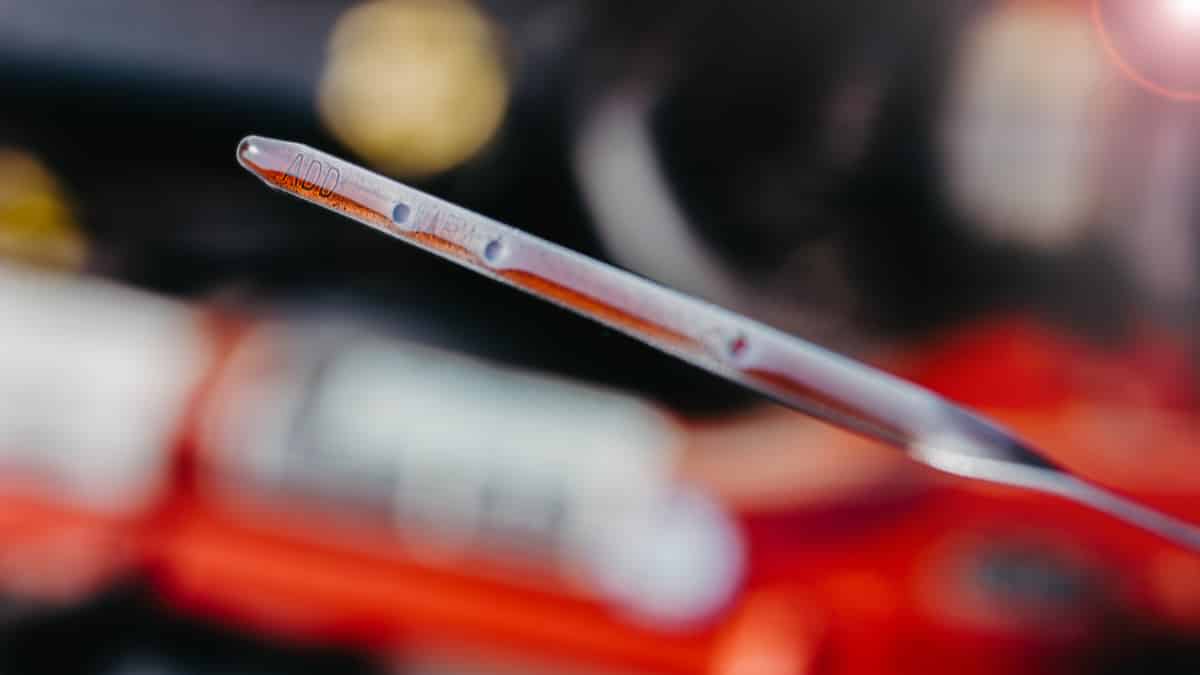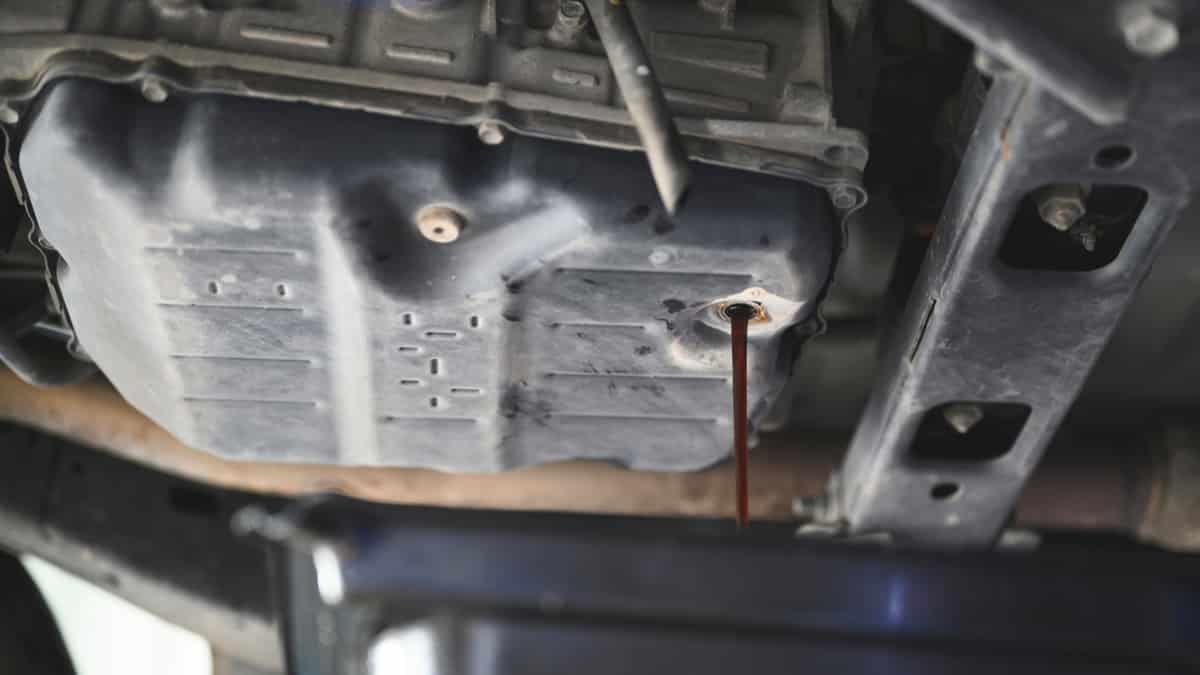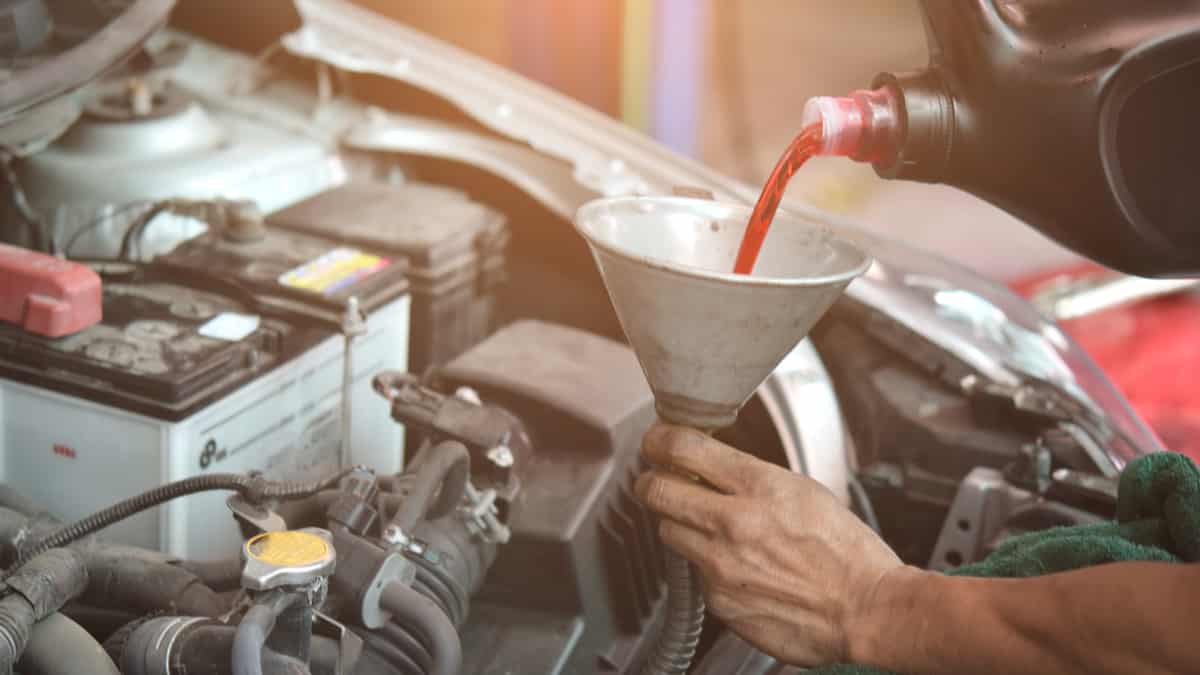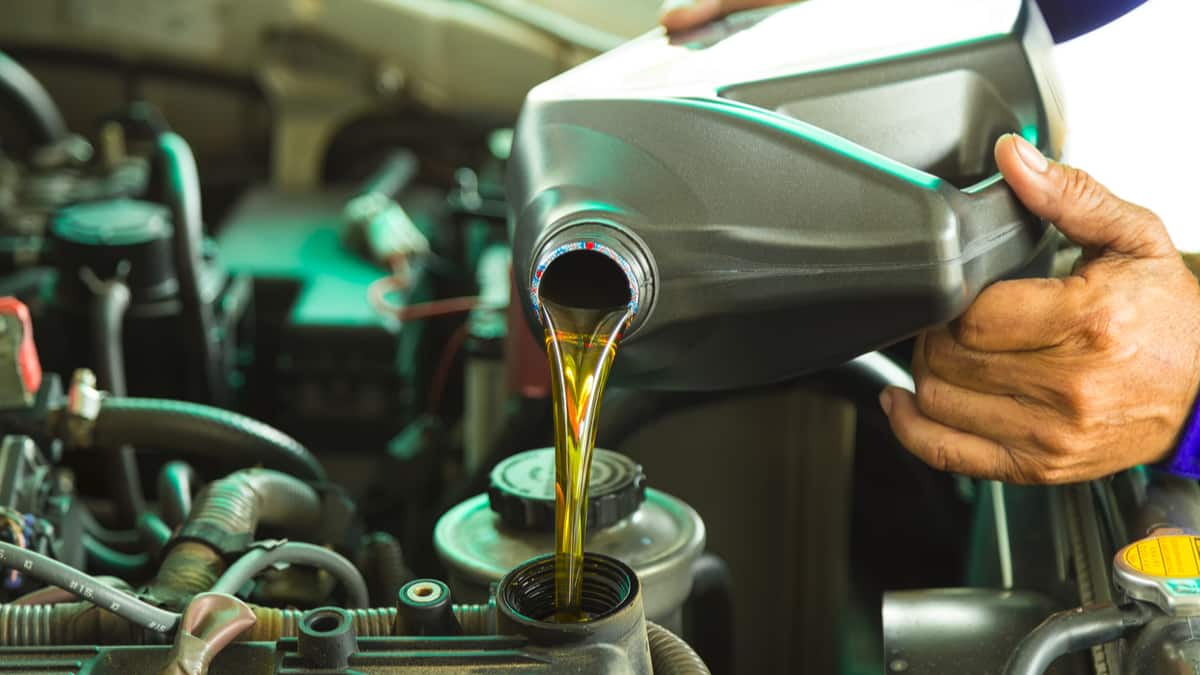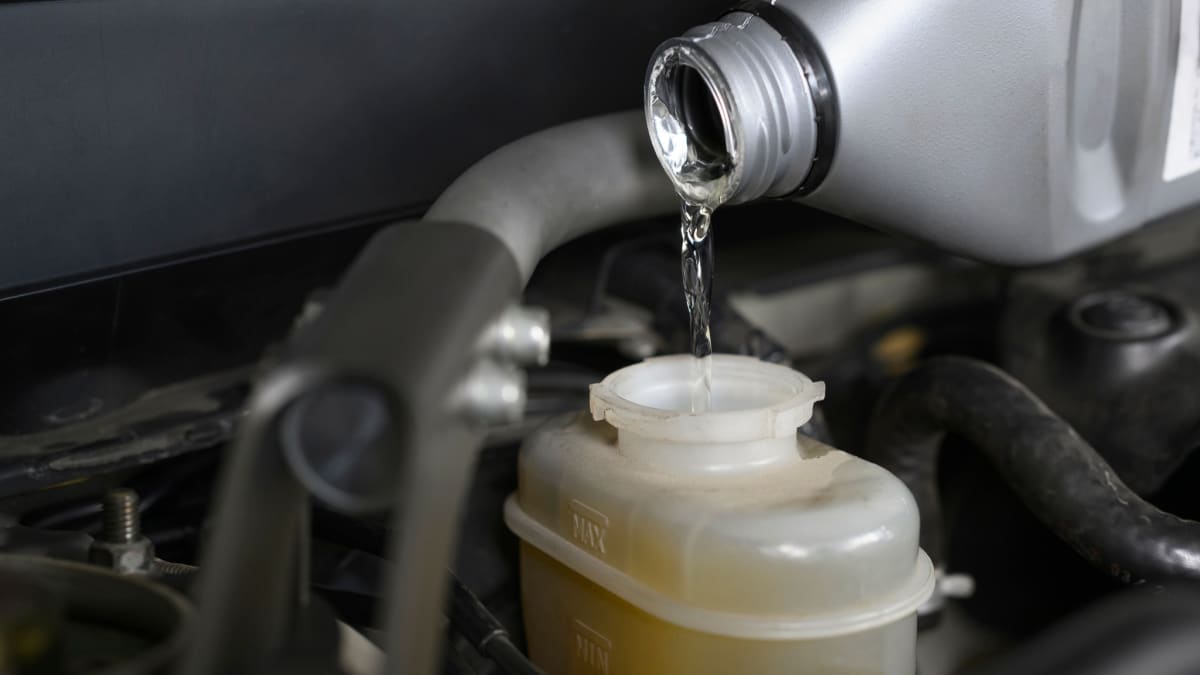If you want your transmission to operate smoothly and last as long as possible, it must be filled with the right fluid.
While not having enough transmission fluid can lead to a whole list of problems, you could also face concerns with an overfilled transmission.
We discuss the consequences of putting too much transmission fluid in your car. We also examine the symptoms it will cause, and show you how to fix the problem.
What happens if you overfill transmission fluid?
Overfilling the transmission can adversely affect the performance of your transmission. However, if you overfill it with 1/2 quartz or less, there is usually no need for action. If you overfill your transmission with 1 quart or more, you should definitely consider draining it.
If you are driving a newer car with a DSG or CVT transmission, it may be a bad idea to drive around with too much transmission fluid. It is often quite easy to drain some transmission fluid, and definitely worth doing if you have an expensive car.
Here are some other consequences of overfilling your transmission fluid in detail:
Overfilling Your Transmission Fluid Consequences
A few problems may occur if you overfill your transmission fluid, and here are the four most common issues.
1. Overheating
Transmission fluid is responsible for keeping the transmission cool. By using too much of it, you could cause an overheating situation, which sounds a little backward at first.
However, when you overfill the transmission, there is going to be some leakage from the buildup. If it leaks out of the gearbox, seals are going to be broken, which reduces the lubrication on the gearbox, causing overheating.
2. Pressure Buildup
As we just touched on, putting more fluid in the transmission than it needs increases the pressure inside. This pressure doesn’t just cause fluid to leak out and overheating, but it can also bring air contamination in with it.
Air contamination happens because the gears rotating inside are splashing liquid around, which causes a chemical reaction producing air bubbles and foam. This situation reduces the ability of the fluid to lubricate the internal parts, causing the next two problems we will discuss.
3. Excessive Transmission Wear
The moving parts of the transmission require the right amount of lubricity to work correctly. By overfilling the transmission, the lubrication level isn’t the same, leading to much faster wear.
As the transmission continues being exposed to high pressure, you will start to notice issues with shifting and functionality. It could even lead to the next issue, complete failure.
4. Transmission Failure
It’s unlikely that your transmission will fail overnight as a result of too much fluid. However, leaving the issue unresolved is only asking for trouble.
Over time, failure will occur from a combination of things. Whether you are dealing with leaking seals, unlubricated metal parts or the buildup of pressure, all of these things take a toll on the transmission. Eventually, it might not work anymore.

Overfilled Transmission Symptoms
1. Higher Fluid Level on Dipstick
If you think you might have put too much fluid in the transmission, the problem is easy to spot by looking at the dipstick. You can pull out the dipstick and check the levels, but it’s not always a reliable indicator.
When the vehicle is running and heated up, the transmission fluid becomes thinner. If the vehicle has been sitting, it will have a much thicker texture. If you want to check your transmission fluid via the dipstick, it’s best that you warm up the engine first.
2. Trouble Changing Gears
If there seems to be an issue changing gears, there could be too much fluid in the system. When the pressure builds up, foam and air can form, affecting the lubrication of the internal parts.
This mixture creates other issues, such as difficulty shifting without the right amount of lubrication. You might notice hard shifts and slippage between gears as well.
3. Leaking Fluid
Sometimes, the first sign people get that there’s a problem is when they spot the transmission fluid puddle under the car. Usually, transmission fluid is red, so it’s not difficult to spot.
Leakage tends to occur because of the seal’s breakdown from excessive pressure and buildup. The fluid looks for a way to escape the system, which causes the leaking.
4. Strange Noises
For the most part, your transmission shouldn’t make any weird noises. If you start to hear a humming, grinding or whining, it could be a sign that something is wrong.
Because the transmission is close to the engine, it can be difficult to determine where the noise is coming from. However, you might notice this in conjunction with other symptoms. Typically, the whining or humming occurs when the fluid level is off while grinding, indicating that gears are rubbing together because of insufficient lubrication.
5. Overheating
When the transmission doesn’t contain the right amount of fluid, it needs to work harder. This inefficiency will also put a strain on the engine.
Depending on how bad the situation is, the transmission can overheat, causing the engine to overheat as well. Keep an eye on the temperature gauge for an early indication that something is wrong.

Correcting an Overfilled Transmission
1. Park Car
If you think you overfilled your transmission, prompt action will help you avoid problems. Start by parking your car on a level surface to get an accurate fluid reading.
Turn on the car engine and let it heat up a little. You want the engine to be as close to the normal operating temperature as possible. Pop open the hood.
2. Check the Fluid Level
Take the dipstick out of the transmission port. Wipe it off with a shop rag and reinsert it back into the transmission.
Remove the dipstick once again and check to see where the fluid is. There should be indicators on the dipstick for a quick evaluation.
If you are not completely sure of how to do it, you can check your repair manual or service manual for exact instructions.
3. Drain Excess Fluid
If there is too much transmission fluid, you need to remove some. Reducing the levels isn’t always a simple fix.
You can choose to siphon out the fluid with a tube, but that can be complicated if you don’t know what you are doing. Otherwise, you will need to drain it from the drain port in the transmission. Ensure you catch the fluid in a changing pan and dispose of it correctly.
4. Recheck the Fluid Level
Finally, you want to recheck the system to ensure it is now at the right level. You will repeat the second step to verify that your work was successful.
Obviously, the best way to avoid having to do any of these is to use caution when filling the transmission fluid in the first place. By putting in the right amount, you ensure your transmission runs as it should.
Categories: Maintenance, Transmission

